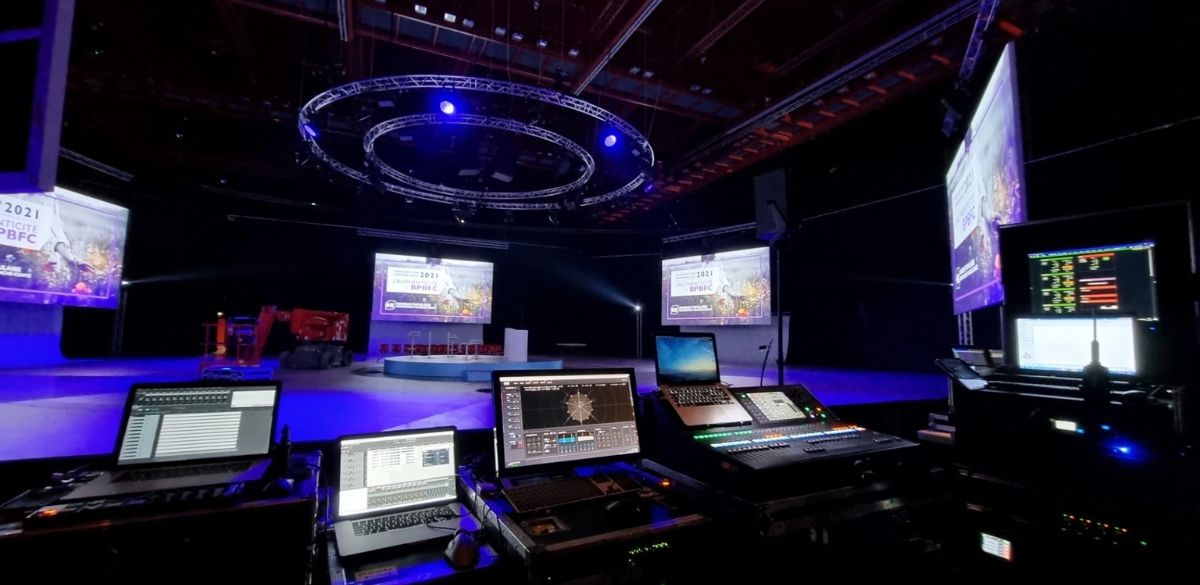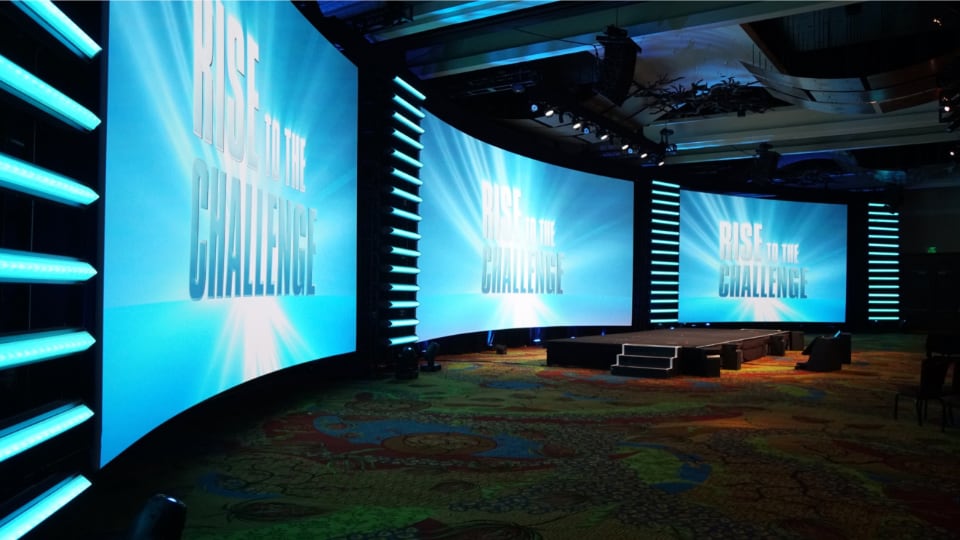Understanding the Process of Live Event Sound Visual Production
The complexities of online event audio aesthetic production demand a blend of technical expertise and tactical planning. As we explore the crucial components that contribute to a successful event, it ends up being obvious that the structure lies in both preparation and versatility.
The Significance of Planning
Effective preparation is crucial for the success of any kind of online event sound visual manufacturing. A well-structured plan serves as the structure, directing every facet of the occasion from fertilization to implementation.
Additionally, thorough organizing is vital. An extensive timeline that consists of due dates for each stage of production assists to mitigate possible risks and makes certain that all components are addressed in a prompt manner. Efficient resource allocation is paramount; this consists of not only the human sources however also the budget plan, place, and materials required for the occasion.
Inevitably, complete preparation not just boosts the top quality of the audio aesthetic experience however also instills confidence among the team and stakeholders, leading to a smooth and effective occasion. Without this structure, even the most ingenious ideas can falter, highlighting the indisputable value of preparation in online event audio aesthetic manufacturing.

Key Equipment and Technology
An effective online occasion audio visual manufacturing relies greatly on the best equipment and modern technology to bring the vision to life. Crucial elements include stereos, visual display screens, lighting, and control systems, each playing a crucial function in guaranteeing a smooth experience.
Stereo contain microphones, audio speakers, and mixers that facilitate clear noise delivery. Top notch microphones capture vocals and tools precisely, while mixers permit real-time sound changes based on the event's dynamics. Aesthetic displays, consisting of projectors and LED displays, are important for sharing information and improving target market interaction. The selection of display screen technology can dramatically influence the total visual and effectiveness of the presentation.
Lights tools is one more essential element, as it sets the state of mind and highlights crucial minutes during the event. Choices vary from stage lights to smart lighting systems that can be set for specific impacts. Control systems incorporate sound, visual, and lighting aspects, ensuring cohesive procedure throughout the manufacturing.
Purchasing trustworthy devices and understanding the most up to date technical innovations can significantly improve the quality and impact of live occasion sound aesthetic productions, eventually adding to a memorable audience experience. Live Event Audio Visual Production.
Roles and Obligations
Successful live occasion audio visual manufacturing calls for a well-defined structure of duties and duties among team participants. Each duty is vital to make sure smooth operations and achieve the wanted result.
The audio designer is liable for handling sound top quality, including microphone placement, audio mixing, and ensuring that all audio components are integrated with visual web content. The illumination designer develops an atmosphere that boosts the event's state of mind, choosing suitable components and shows lights signs to complement the performance or presentation.
A video clip service technician manages all aesthetic parts, consisting of electronic camera operation, video switching, and forecast management. They function closely with the director, that coordinates the total production, making real-time choices to ensure that the occasion moves effortlessly.
In addition, a stage supervisor is vital for orchestrating on-site logistics, making sure that all employee are educated of cues and timing. Producers manage budgeting and scheduling, making certain that all aspects of the event line up with the customer's vision. Technological assistance team provide important help in repairing any kind of tools issues that may develop. This joint structure makes it possible for a successful audio visual production, lining up each member's expertise towards a combined goal.
Execution and Live Production
Carrying out a real-time occasion needs careful planning and real-time adaptability to ensure all elements integrated effortlessly. The execution phase is where the groundwork laid during pre-production is used. Secret to this process is the coordination of numerous technological teams, including sound engineers, lighting service technicians, and video clip production teams. Each team needs to be lined up with the occasion's vision while preserving clear interaction to attend to any type of unexpected difficulties that occur throughout the event.

The production team must continue to be cautious, adjusting to audience responses and responses. Eventually, successful implementation finishes in a cohesive live occasion that mesmerizes the audience and fulfills the customer's objectives.
Post-Event Assessment and Feedback
Adhering to the verdict of an online event, performing a detailed post-event examination is vital for identifying toughness and areas for improvement. This analysis procedure should entail event feedback from various stakeholders, consisting of attendees, occasion staff, and customers (Live Event Audio Visual Production). By making use of surveys, meetings, and casual discussions, coordinators can obtain important understandings into the general experience and effectiveness of the audiovisual production
Assessing technical aspects such as audio top quality, visual clearness, and devices integrity is important. In addition, evaluating the sychronisation between the manufacturing discover this group and other departments aids to determine logistical difficulties and successes. Identifying any type of problems encountered during the event allows teams to develop methods for minimizing similar problems in future productions.
Furthermore, putting together and assessing feedback facilitates the recognition of standout elements, such as engaging presentations or seamless transitions, which can be highlighted in future events. The post-event assessment not only provides a roadmap for improvement but additionally cultivates a society of constant discovering within the team. Ultimately, this reflective practice enhances the quality of future real-time occasions, ensuring that they meet or surpass target market assumptions and provide an unforgettable experience.
Conclusion
To conclude, effective real-time occasion audio aesthetic manufacturing requires extensive more tips here planning, competent coordination among varied functions, and the integration of innovative modern technology. Each element, from devices selection to group cooperation, plays an essential role in providing an effective event. Involving in post-event assessments makes it possible for constant improvement, making sure that future productions profit from insights gotten. Ultimately, a well-executed sound visual method considerably enhances target market interaction and adds to the general success of live events.
The details of live event audio visual manufacturing need a mix of technological know-how and critical preparation.Effective planning is vital for the success of any kind of real-time occasion sound aesthetic manufacturing. Without this foundation, also the most cutting-edge concepts can fail, emphasizing the obvious importance of preparation in online occasion audio visual production.
Each team needs to be lined up with the event's vision while preserving clear communication to deal with any type of unanticipated difficulties learn this here now that develop throughout the event.
In conclusion, effective live event audio aesthetic manufacturing requires detailed planning, knowledgeable control amongst diverse roles, and the integration of innovative modern technology.